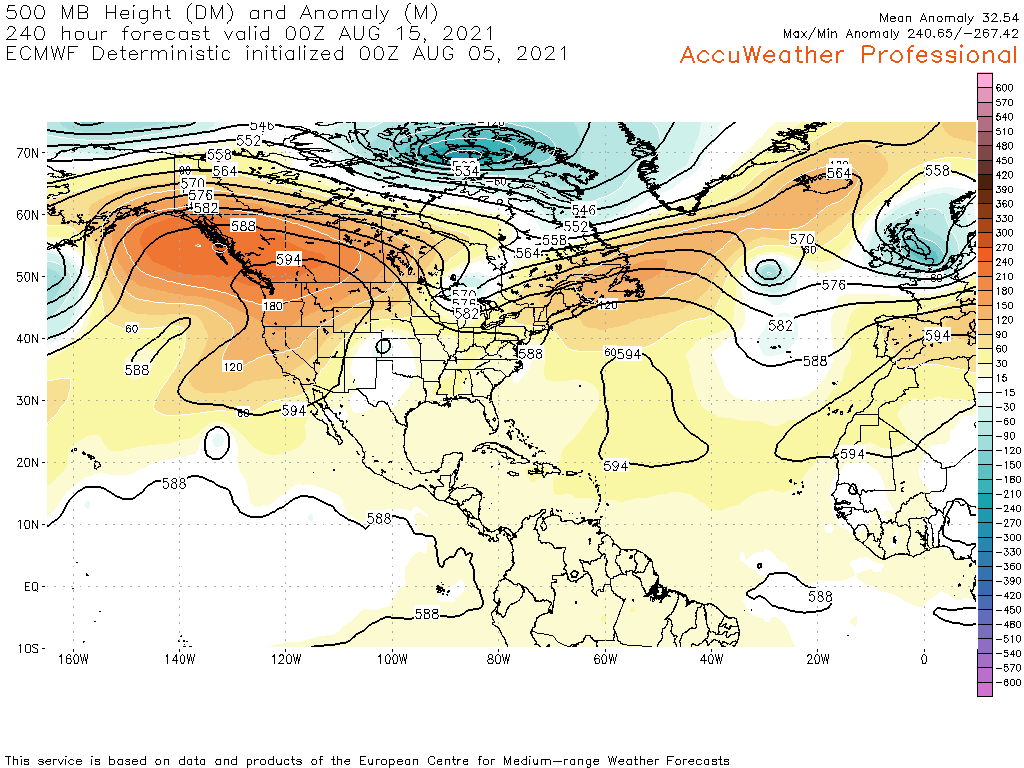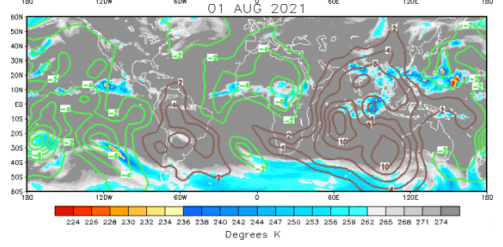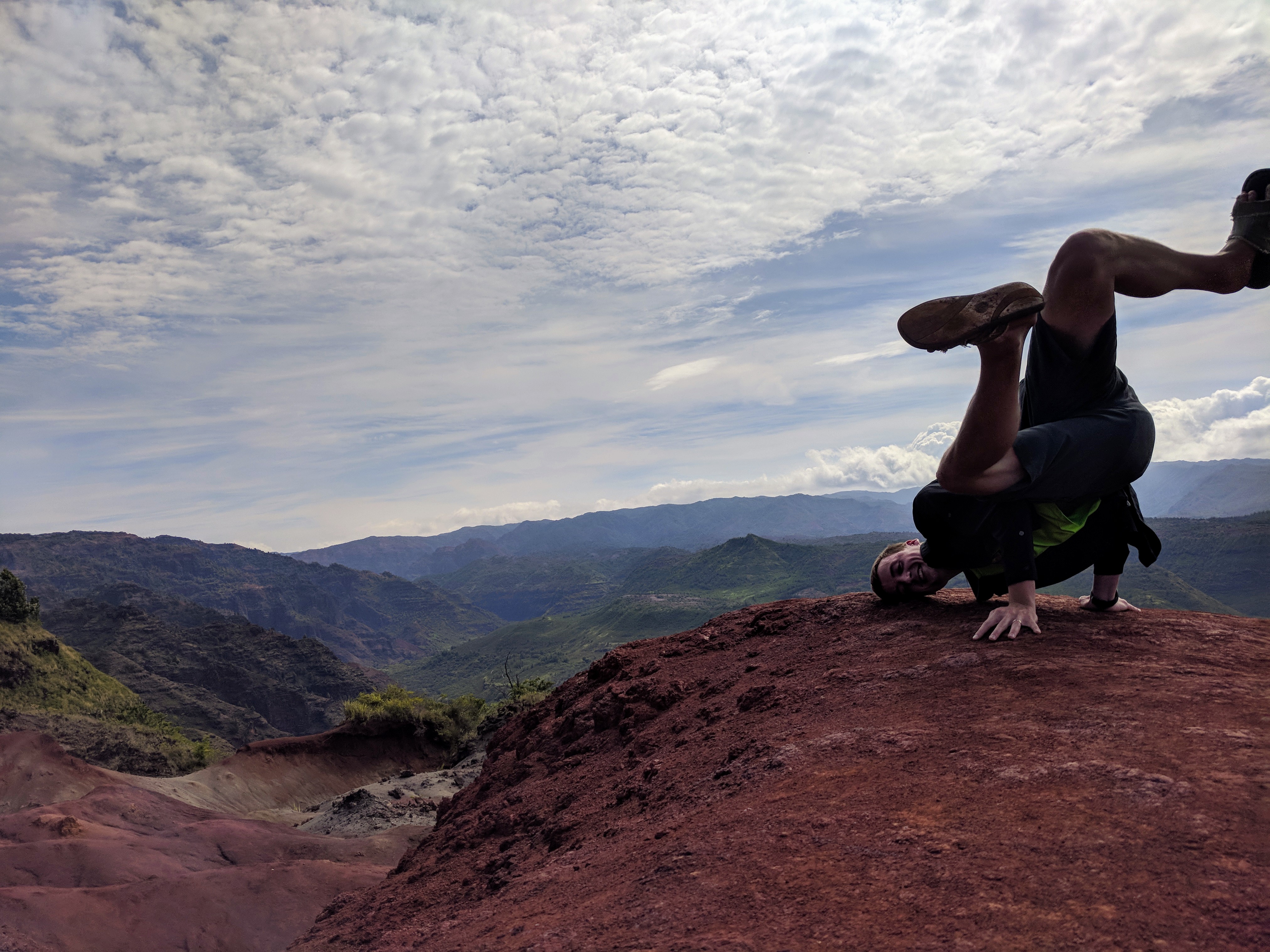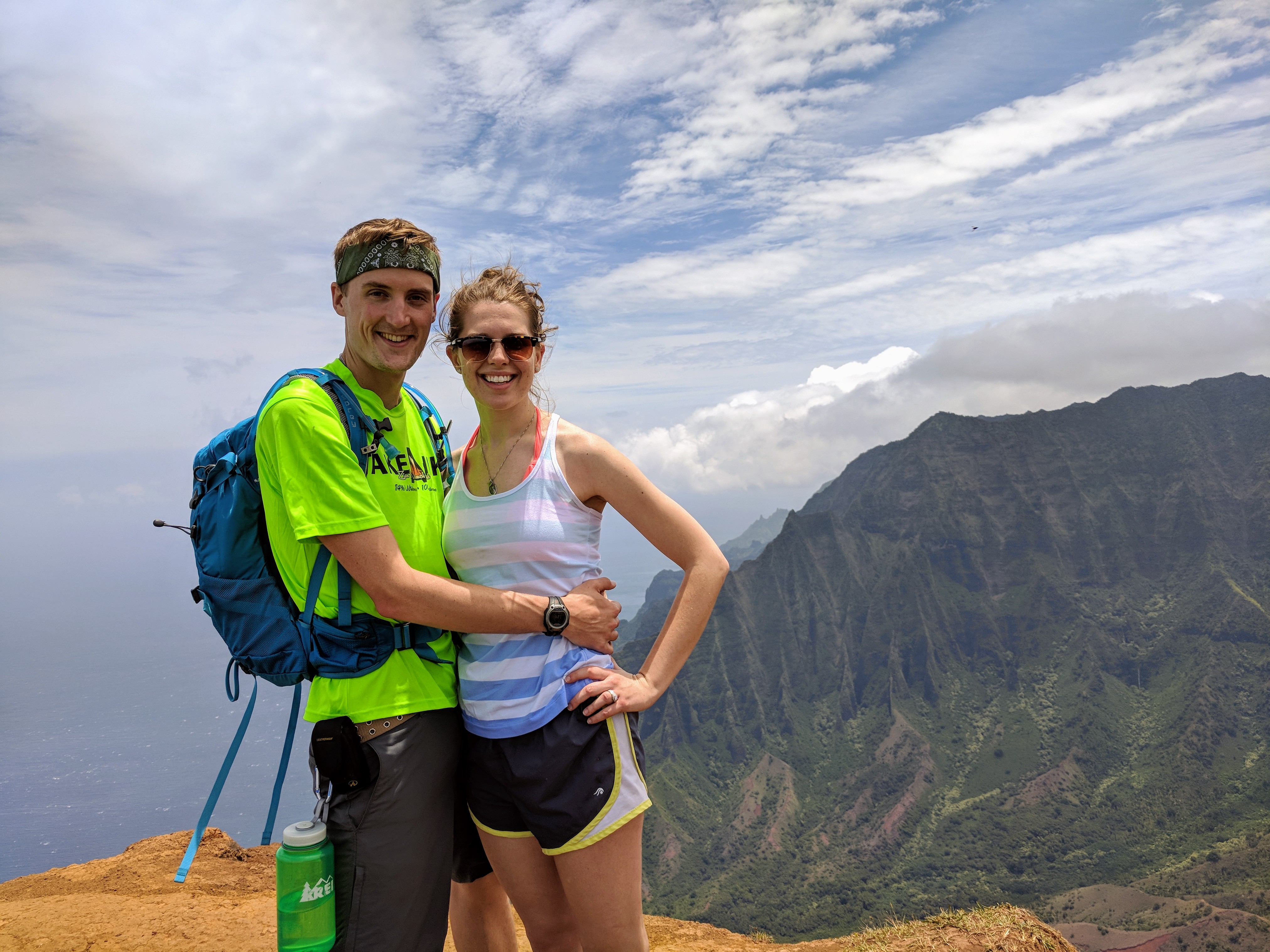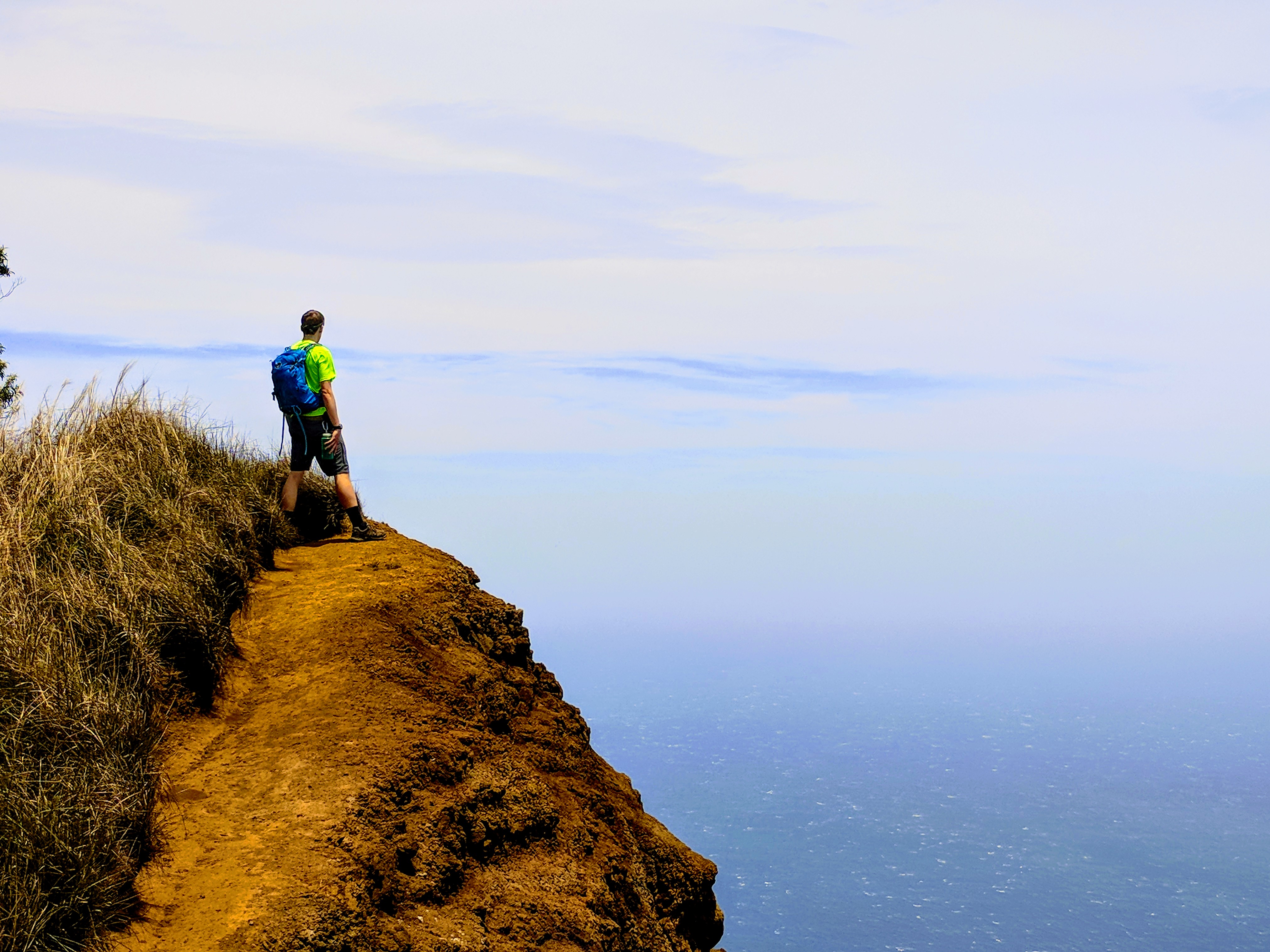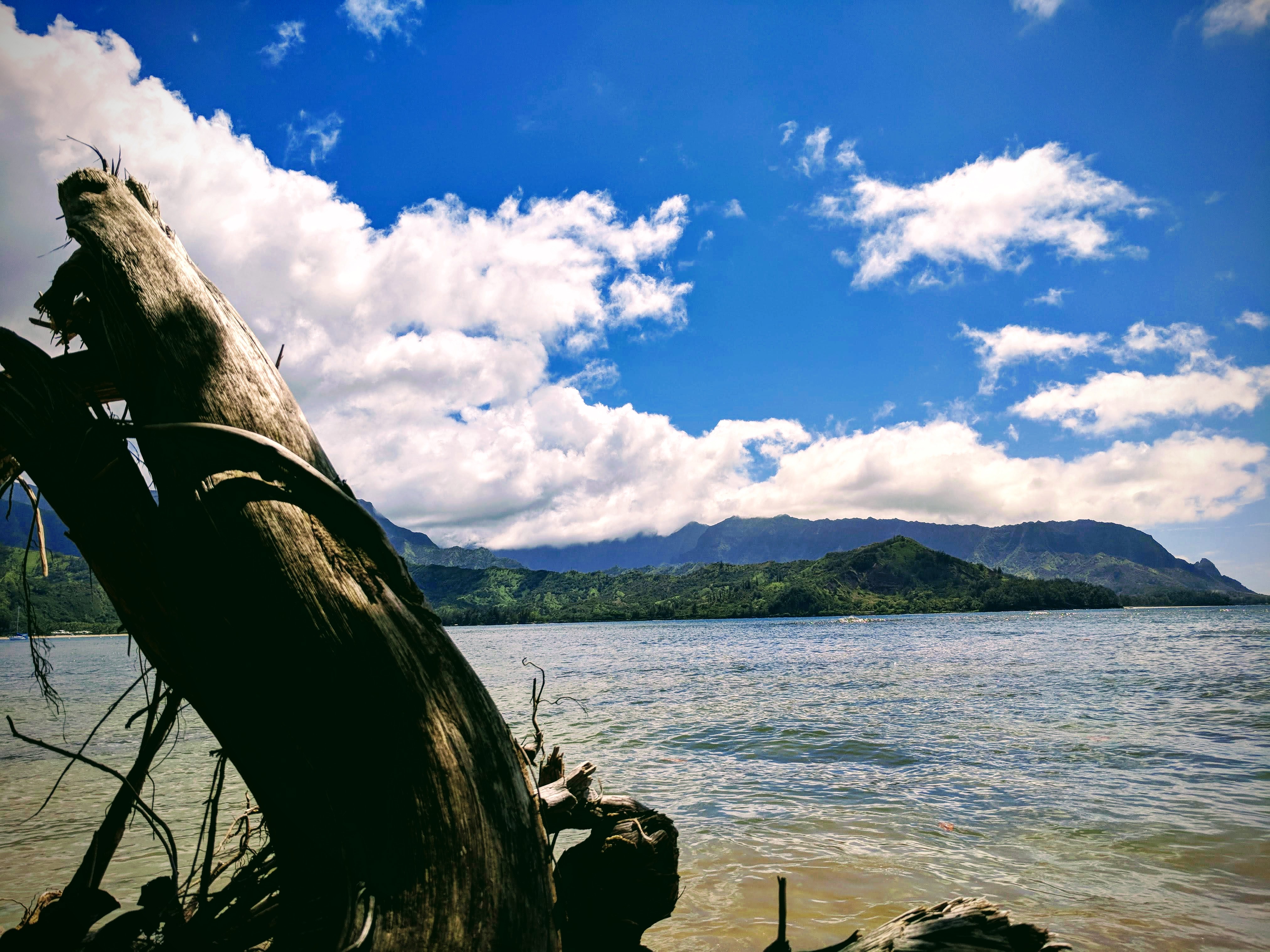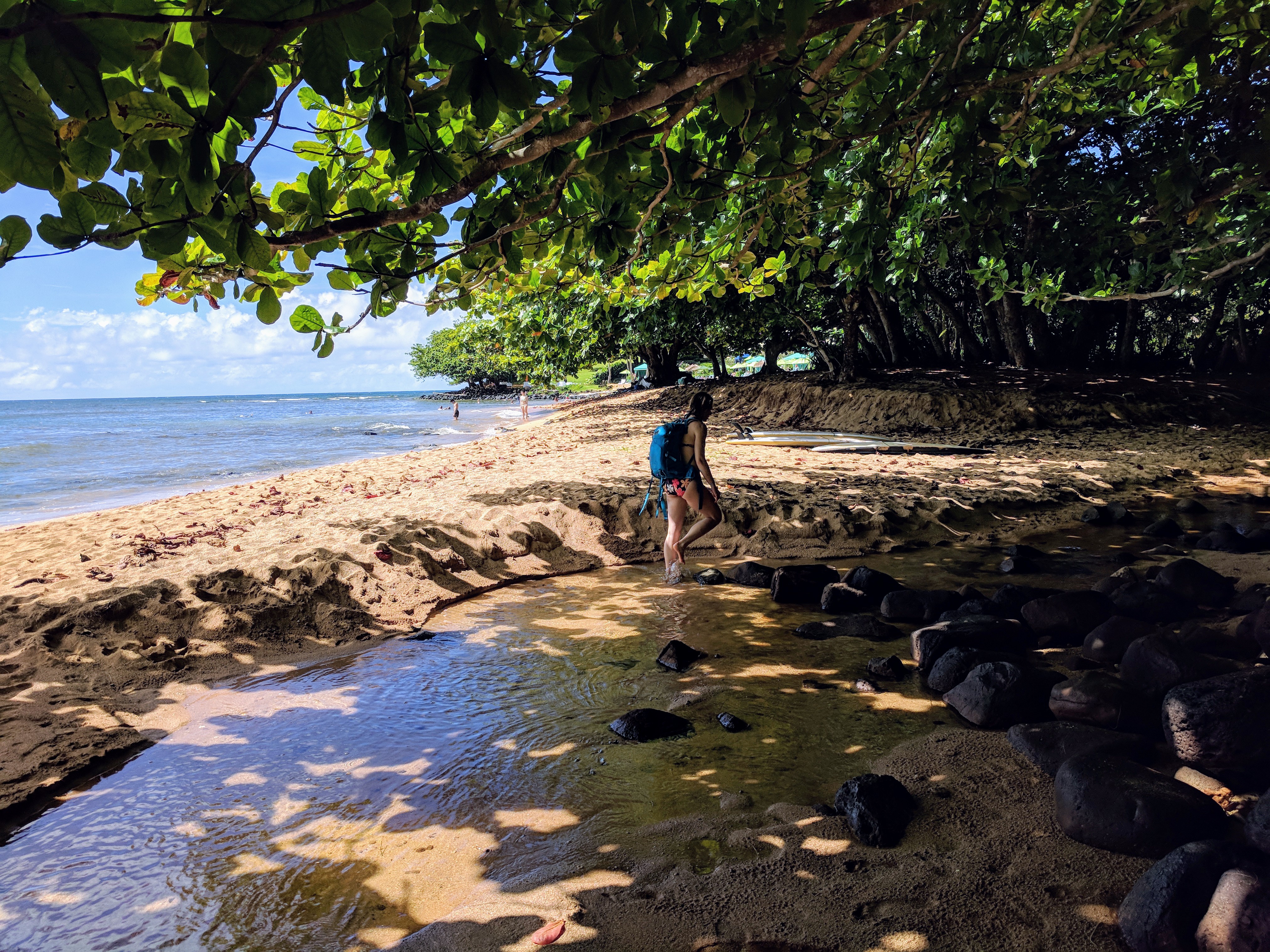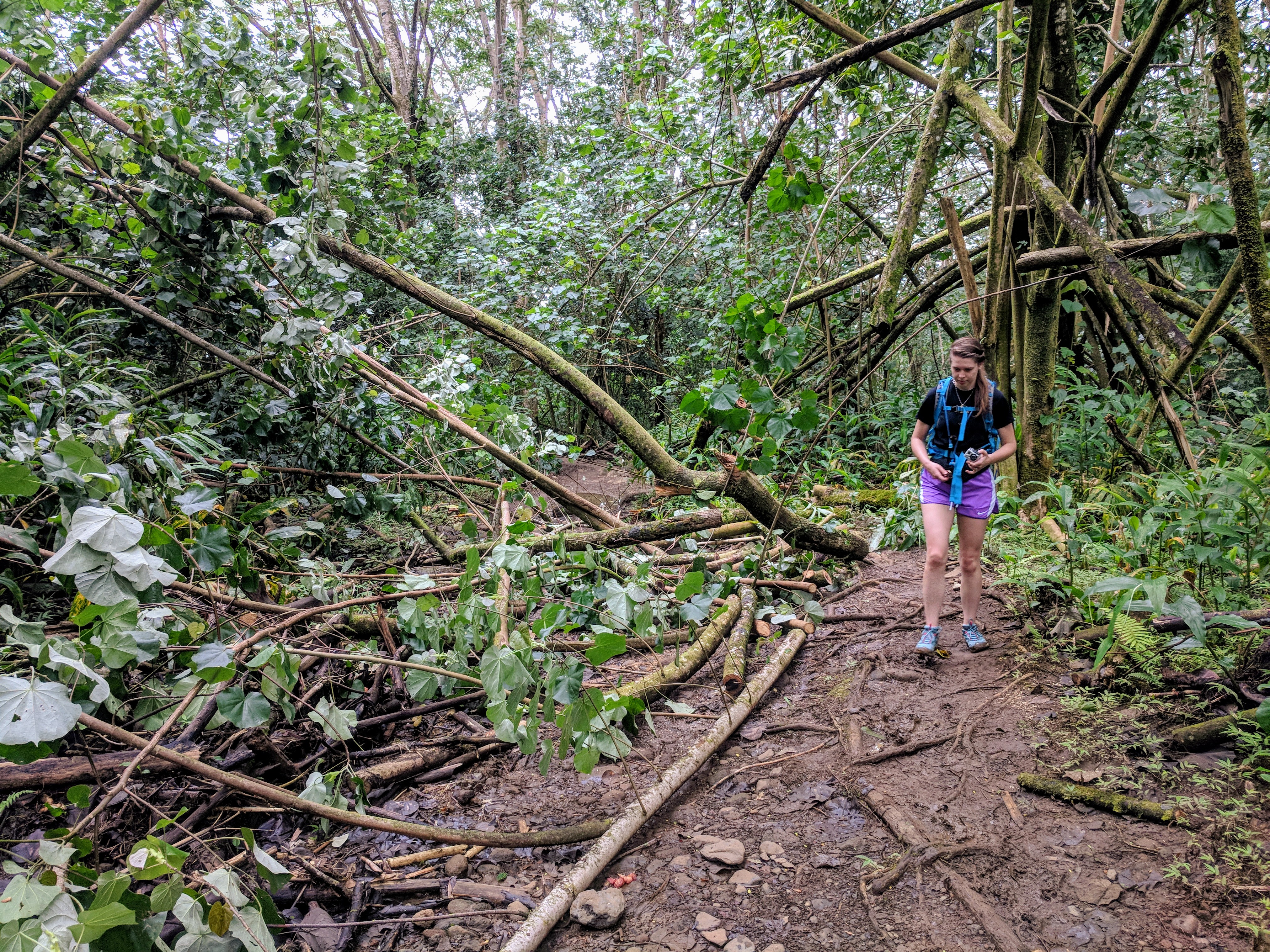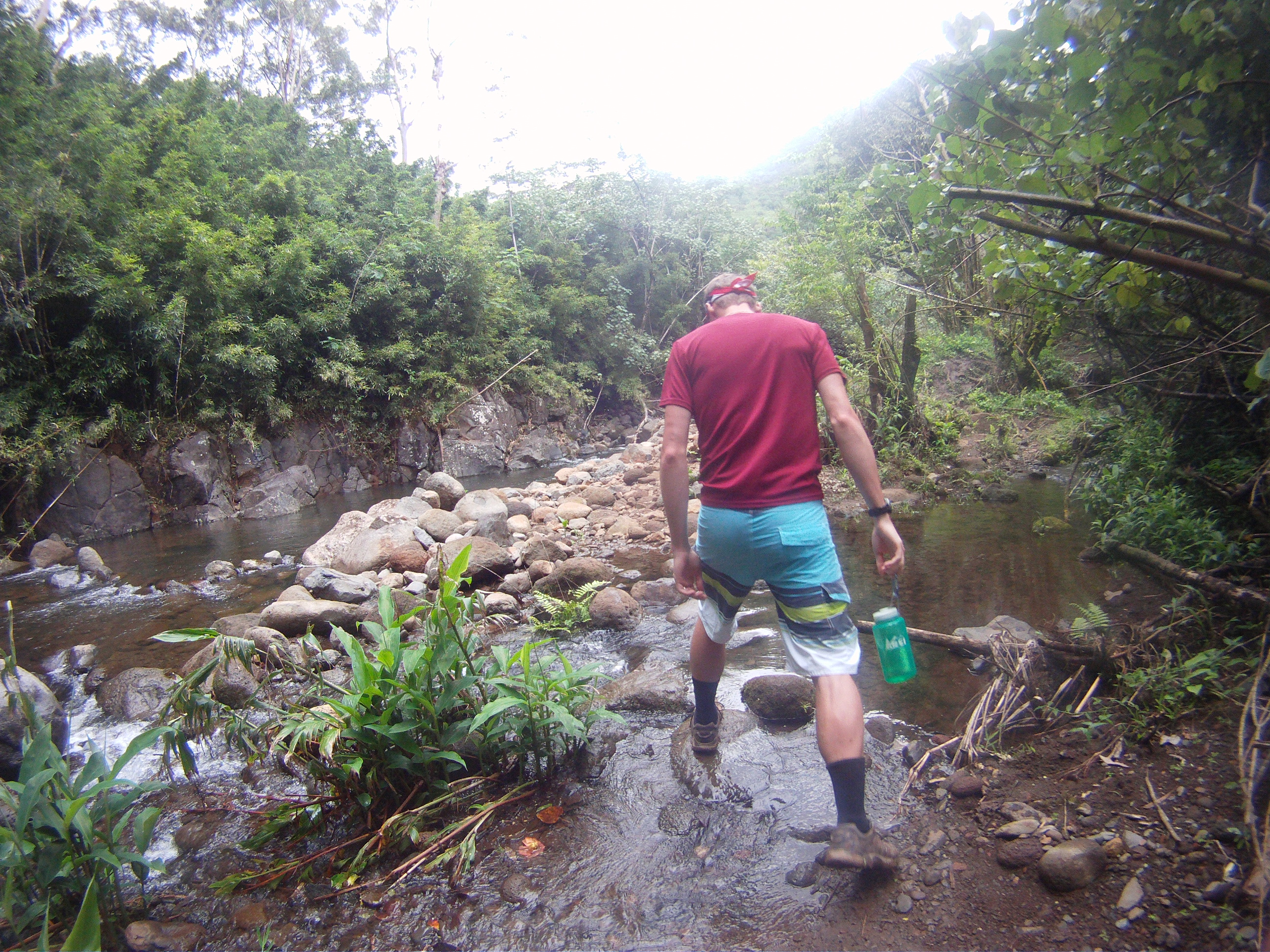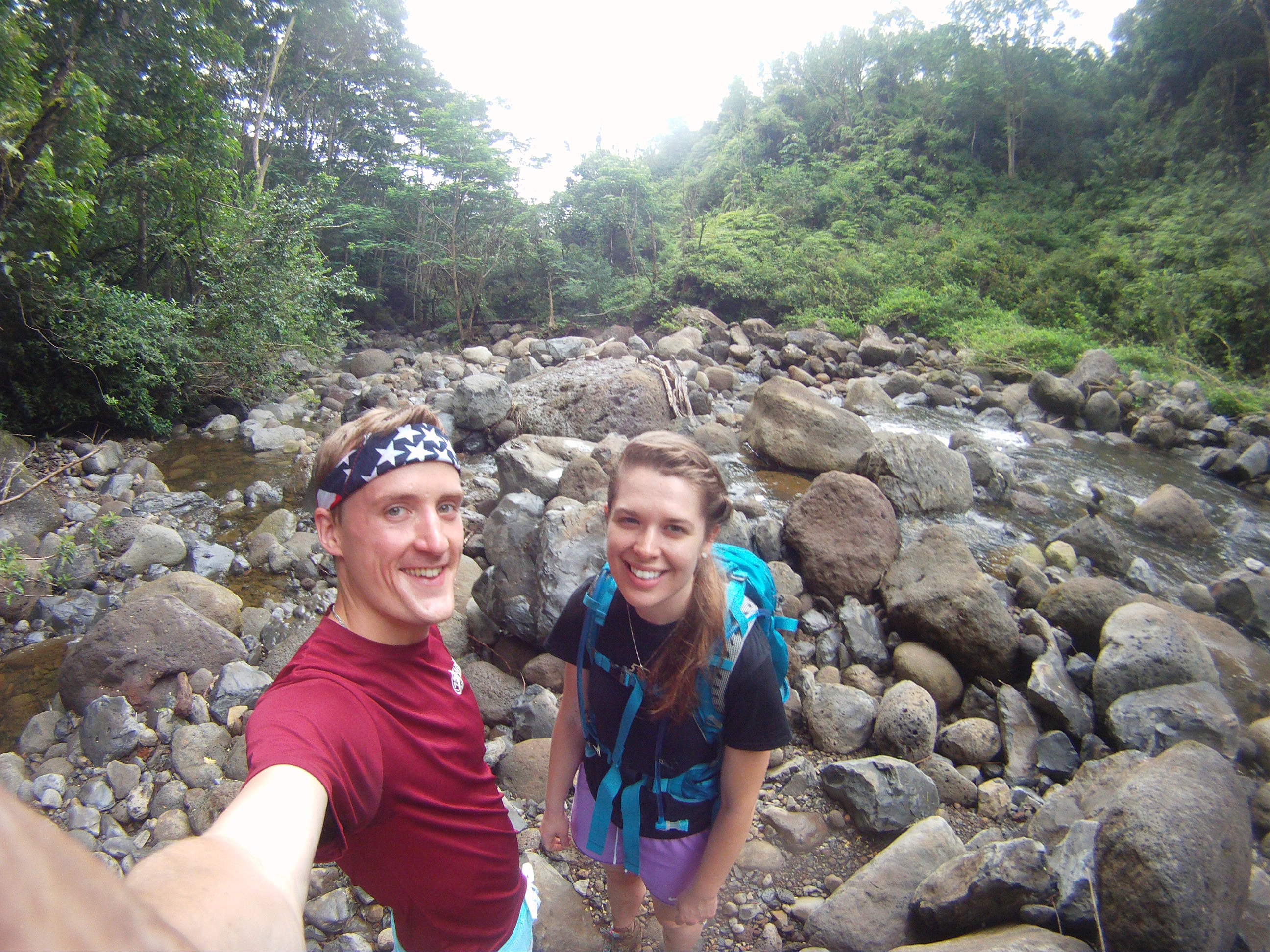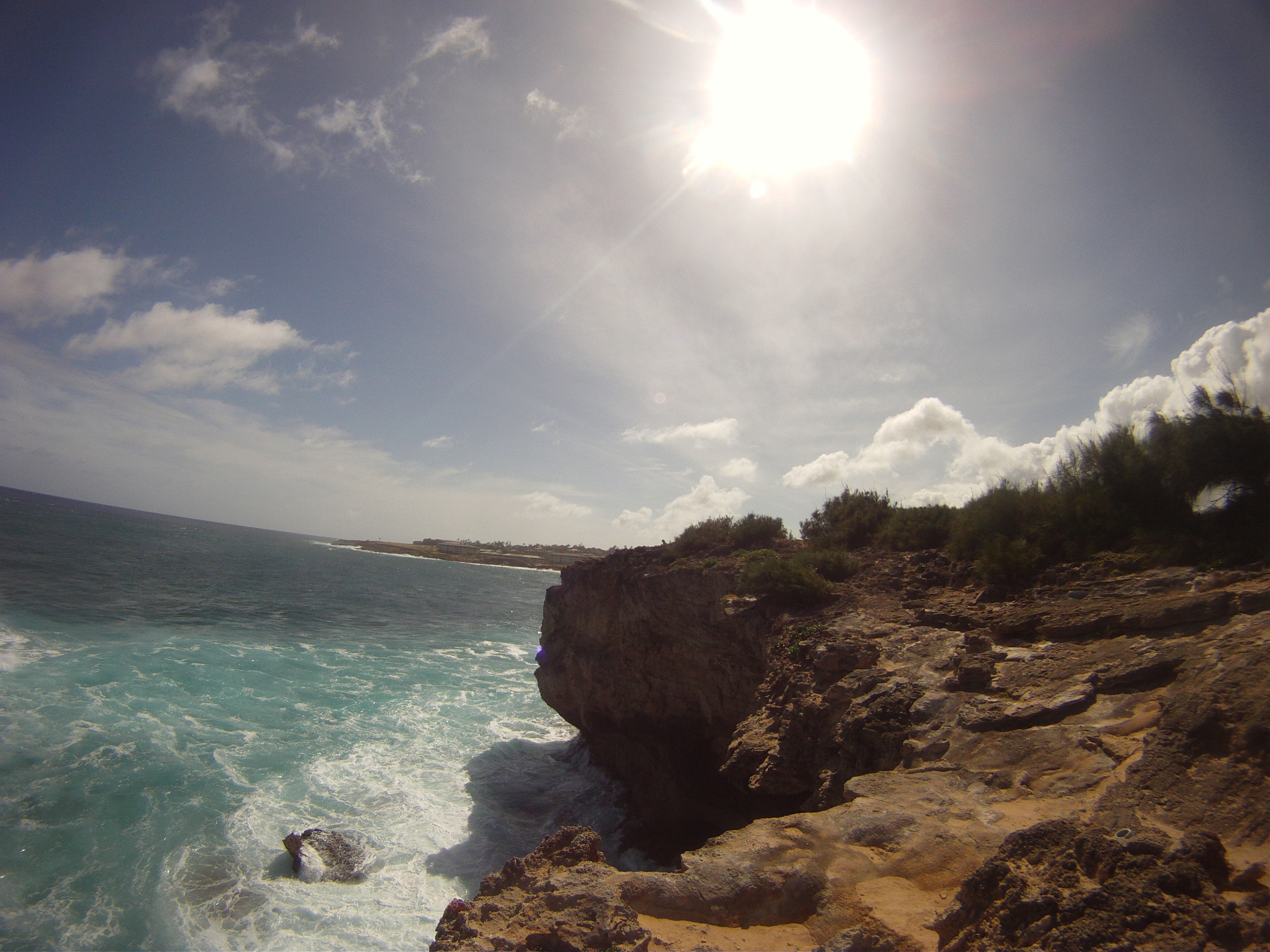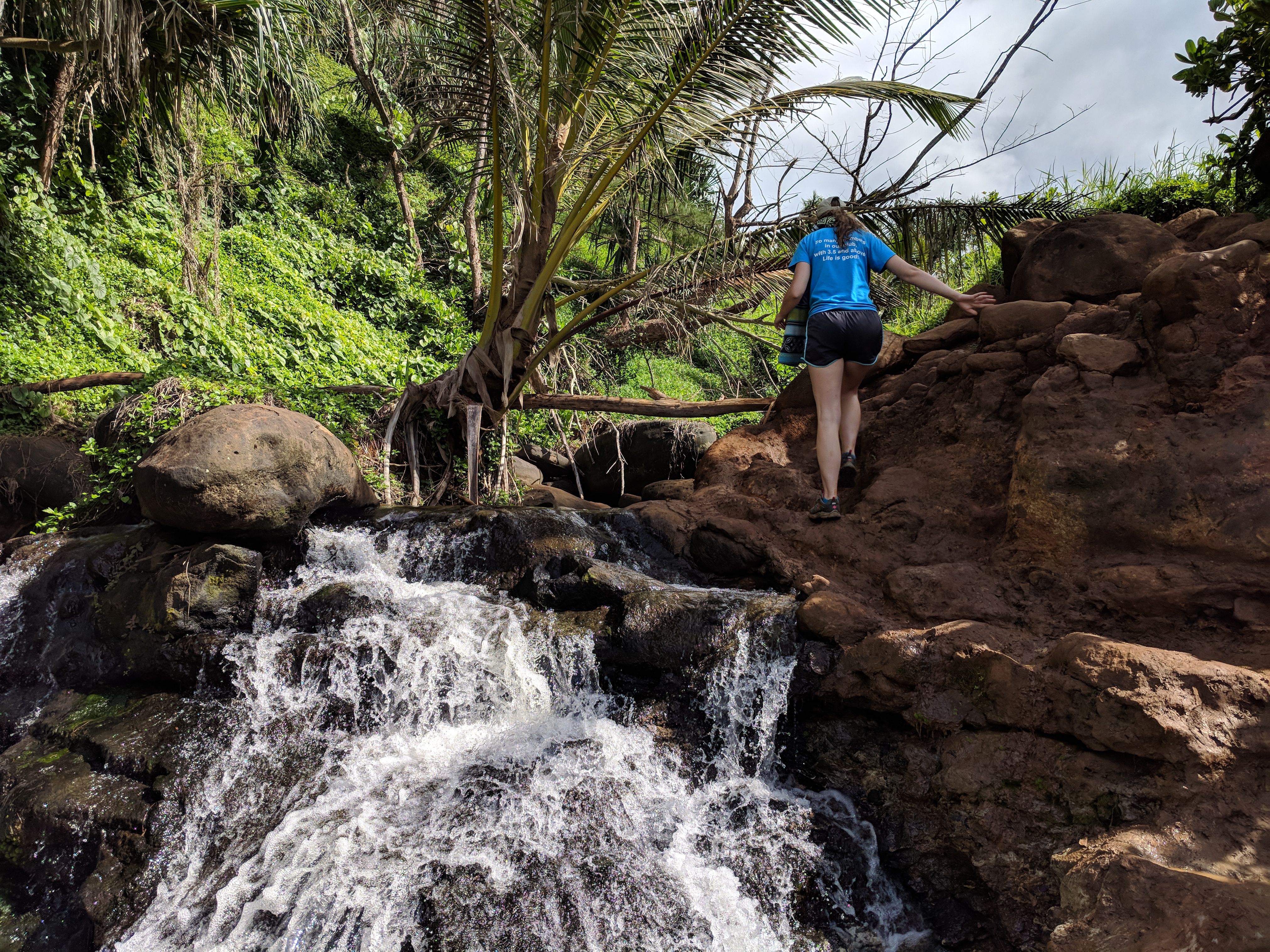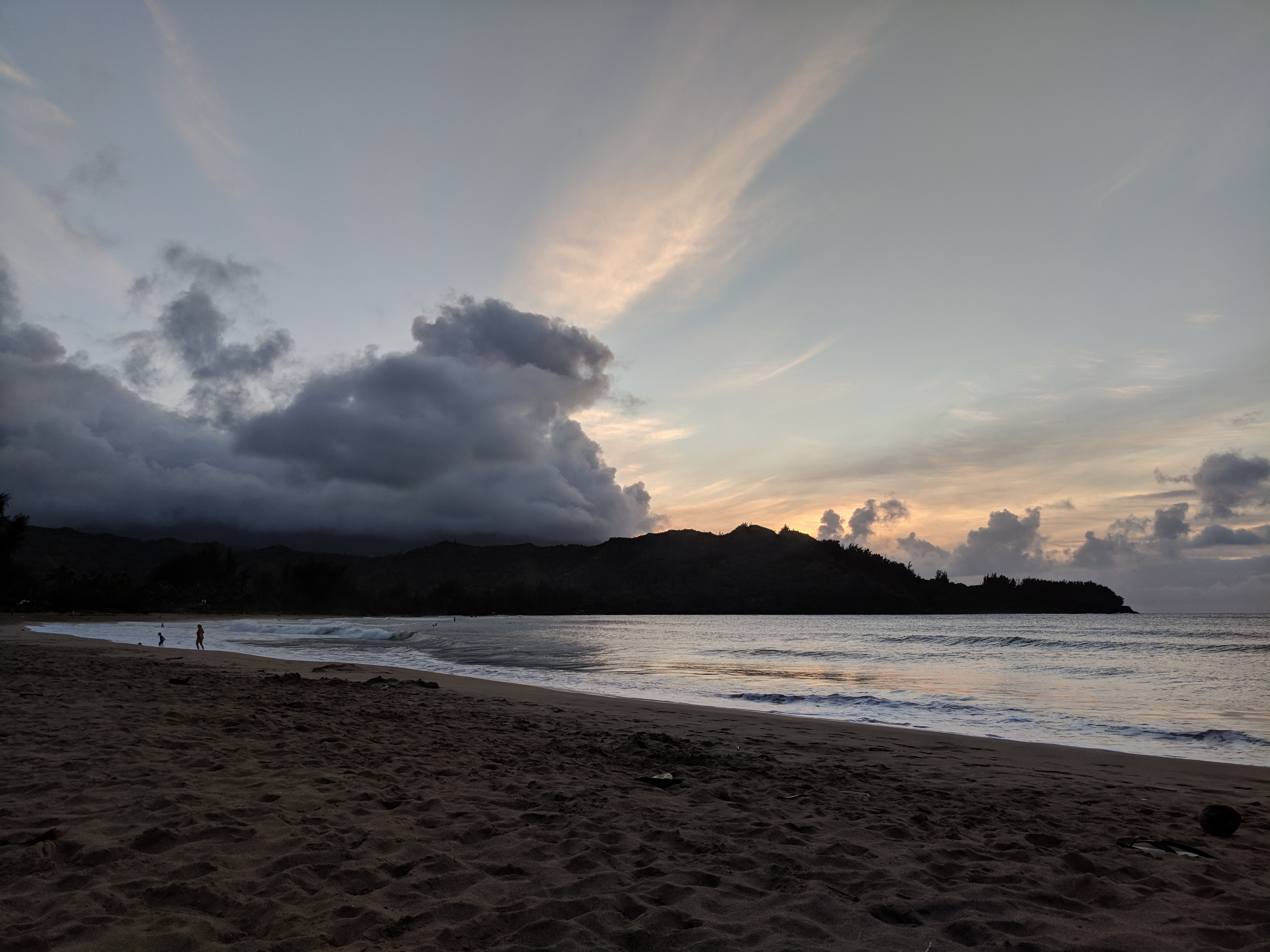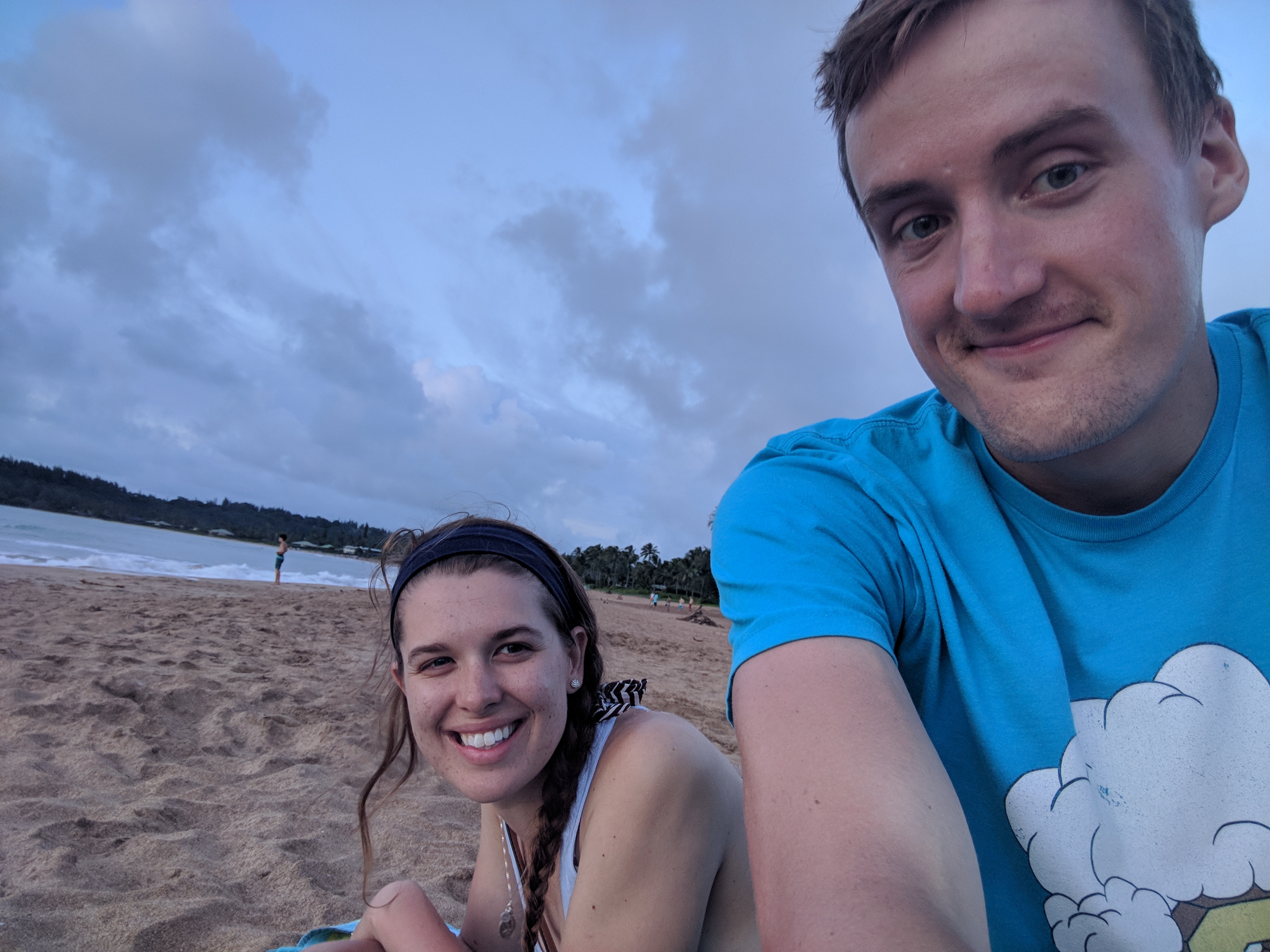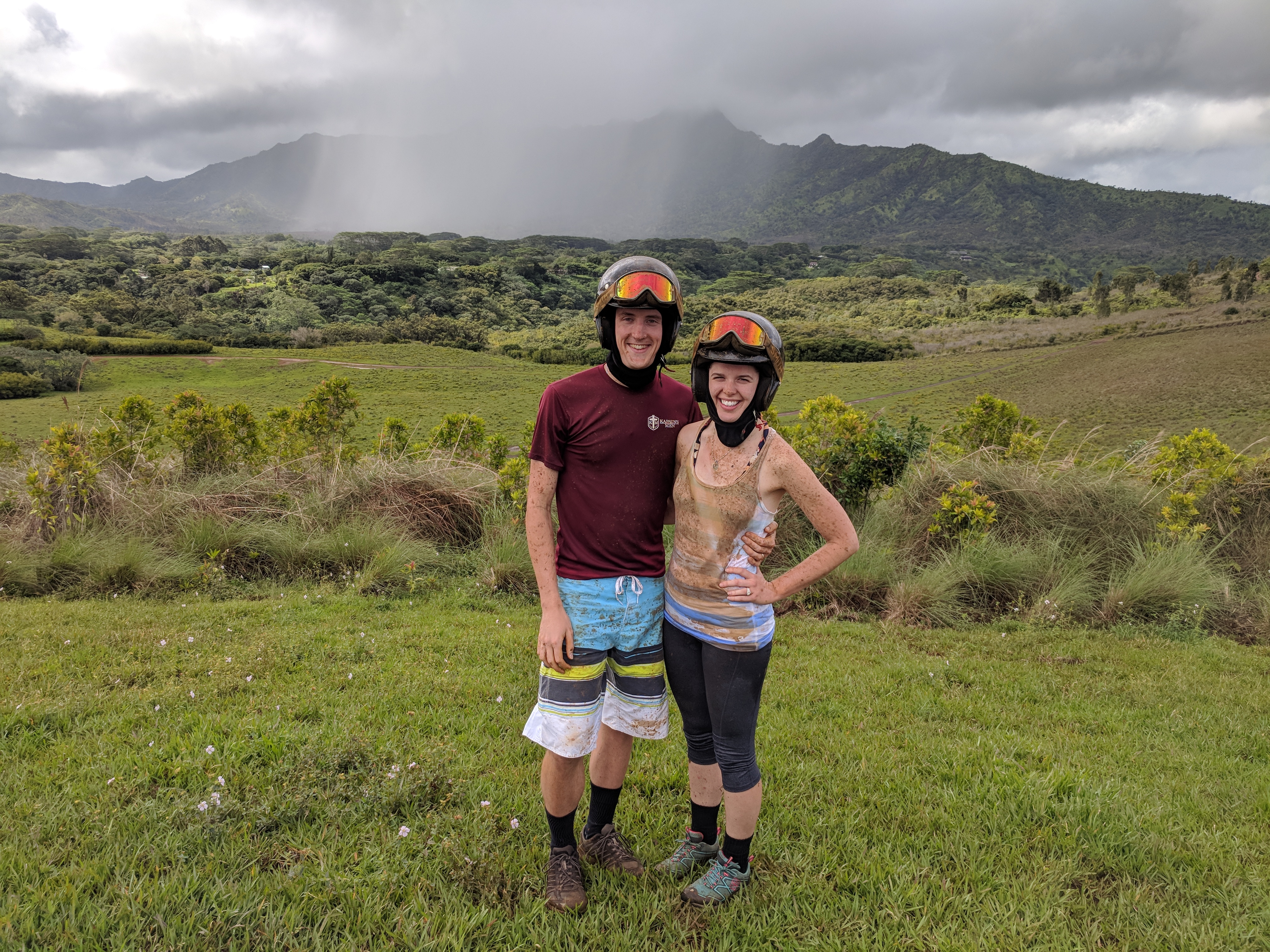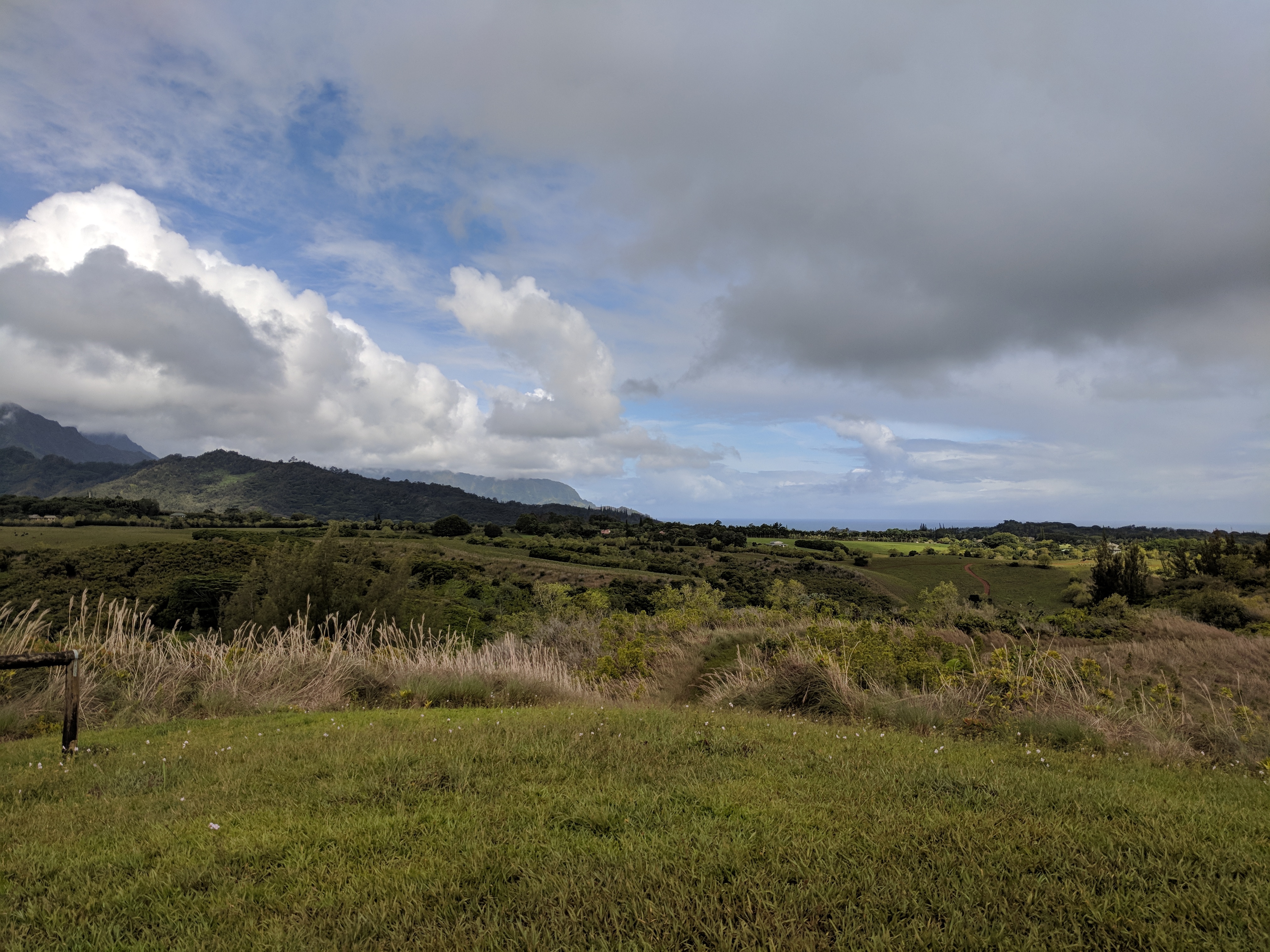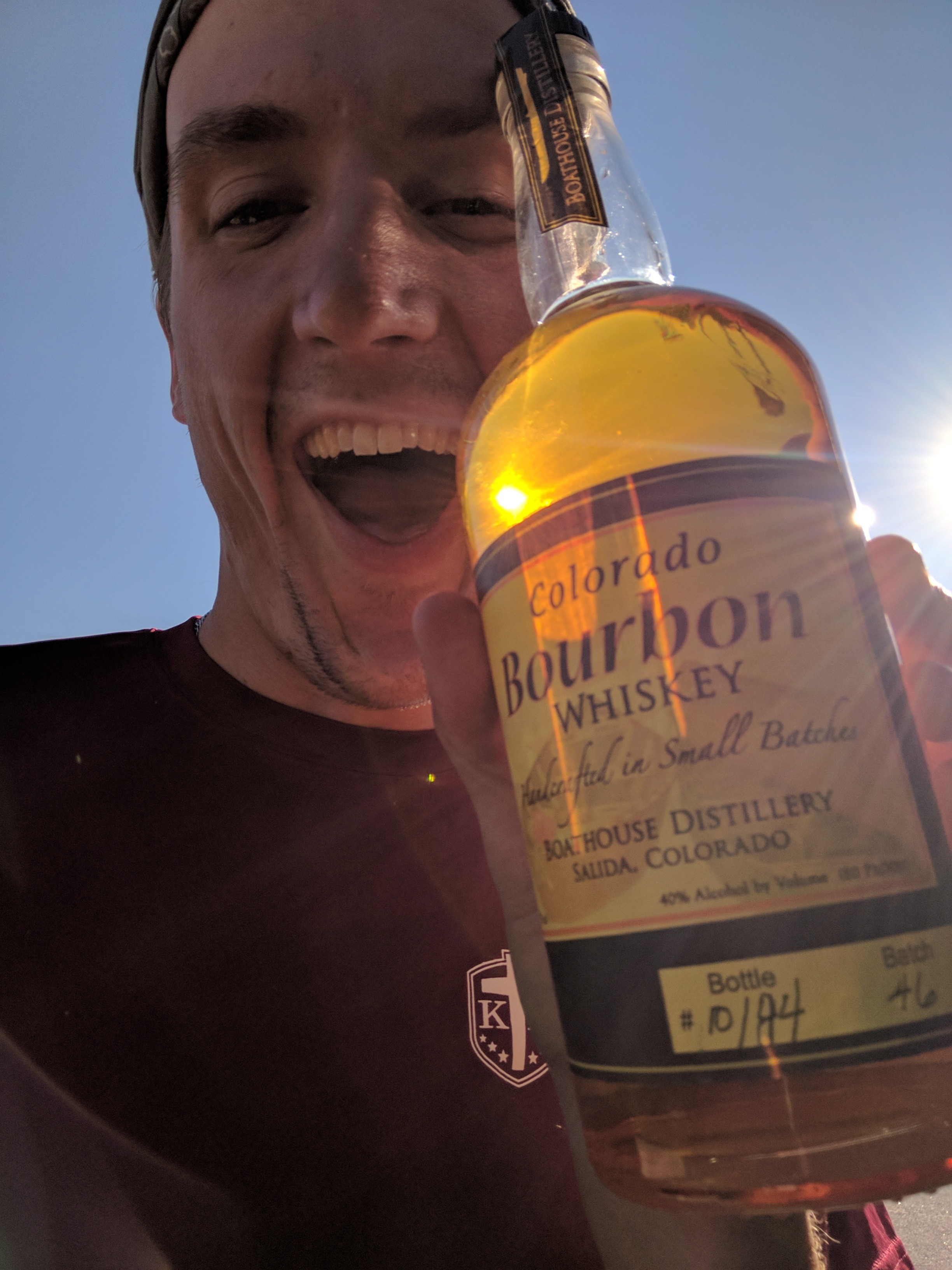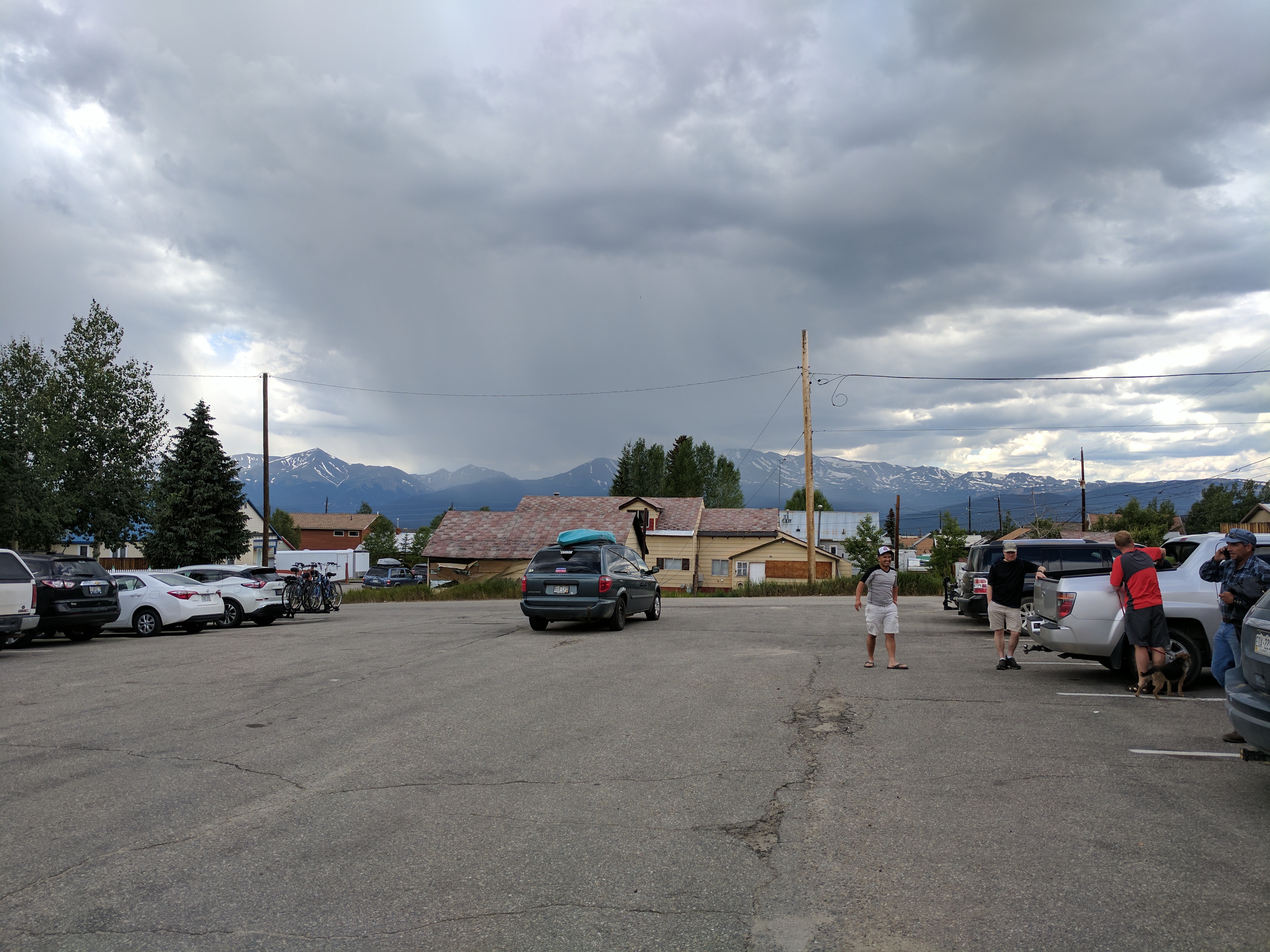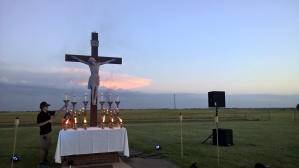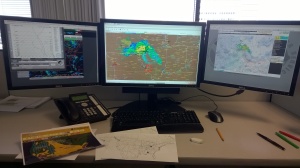ABSTRACT
Sam Lashley and Jon Hitchcock of the Northern Indiana and Buffalo National Weather Service offices have proposed a new type of lake effect snow which is being termed the Type VI or Lashley-Hitchcock snow band. There are many documented cases where this proposed Type VI snow band has been observed. Most notably perhaps on January 14th, 2014 where an upstream band caused a massive pileup on I-94 near Michigan City, IN. This case study will focus on a similar lake effect snow event which occurred on February 18th, 2015 and is pictured below. In this case and many of the other archived cases, a surface mesolow develops in the northern part of the lake near Sleeping Bear Dunes National Lakeshore. This circulation then progressed down the parallel axis of the lake, hugging the shore, while intensifying its snow band on the western or lake side of the low till the precipitation started to wrap around the center of the circulation. The mesolow then moved onshore just north of the South Haven near Holland, MI. This event gave 7.8” of snow to areas just east of Benton Harbor, Michigan and 4” of snow being recorded from Dowagiac to Grand Junction, Michigan. As mentioned, there are many documented cases of this process occurring. Lashley and Hitchcock have since identified the synoptic and much of the mesoscale setup for this new Type VI snow band which will be identified in this paper, but more needs to be learned on explaining how this circulation develops on the mesoscale. Not only will the purpose of this case study be to explain the development and progression of this circulation as established by Lashley and Hitchcock, but it will also look into the influence of frictional differences over the land and water on the initial development of the circulation.

UCAR RADAR ARCHIVE FROM FEB. 18TH
INTRODUCTION
There are five types of lake effect snow that are currently accepted by the atmospheric science community. Relative to Lake Michigan, Type I events include those where there exists intense single bands of snow over a channel of maximum thermal convergence with an N-NW wind to push this intense band into NW Indiana. Long fetch distances and strong, organized mesoscale convergence zones cause these intense snow bands (Niziol, 1995). Type II events are those where the snow bands are perpendicular to the major lake axis of the lake and there exists multiple, less intense bands of precipitation along the Michigan shore. These events will generally yield less snow totals, but over a broader region than that of Type I. Type III events are those where moisture and convergence characteristics are advected from upstream lakes such as Lake Superior. This creates conditions similar to that seen in Type I for northern Indiana, but are generally more intense with increased available moisture from upstream lakes. Type IV events occur under stable synoptic conditions where there are very cold surface temperatures which cause a land breeze to form. These events generally only impact shoreline areas as the lake breeze prevents the snow bands from moving on shore. Type V events occur during weak synoptic gradients and forcing. This type will generally form from prolonged type IV events where Coriolis acceleration allows the flow to begin to rotate into a surface mesolow in the southern basin of Lake Michigan where Forbes and Merritt (1984) point out that these generally occur where the shoreline has a bowl shaped configuration. Under none of these accepted event types does there cover a formation and progression of a mesoscale circulation from the northern part of Lake Michigan to the southern part. It is for this reason that Lashley and Hitchcock have brought forward this phenomena.



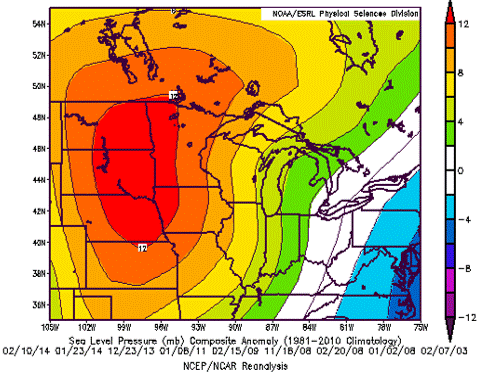
Synoptic and mesoscale conditions conducive to Type VI events have been established. Lashley and Hitchcock averaged data from 8 classic cases between 2003 and 2014 to produce synoptic scale composite anomaly charts. Like any lake effect snow event, Lavoie (1972) found the air-lake temperature difference to be the most important forcing mechanism for lake snows. Specifically, a lapse rate of at least 13ºC between the surface and 850mb is necessary for lake effect snows. That is no different for this Type VI case. In addition, all of the classic documented cases thus far have had a distinct 250mb and 500mb trough or closed low. Trough heights (particularly at 500mb) directly over the Great Lakes region are 180m below the climatological average (1981-2010). This points toward the need for strong upper dynamics yet weak upper flow to be present for a classic case to occur. The images above are the plots created by Lashley and Hitchcock to help identify these conditions. 500mb Geo potential height anomaly is plotted in the upper left. At 850mb, it is noted during these classic cases that lower than average heights occur to the southeast and greater than average heights to the northwest of the Great Lakes. This is seen in the above image on the lower left. This leaves nearly neutral pressure conditions over the northern part of the lake as the center of the 850mb trough axis moves E-SE. This creates relatively calm wind conditions at the time of development between 00Z-06Z over the northern part of the lake. In addition, behind this trough at 850mb, exists cold air that has been identified to be approximately 11K below the climatological average seen in the upper right image. So another ingredient for this setup being that cold, arctic continental air be pushing into the Midwest between mid and lower levels. This helps to create steep mid-level lapse rates which will allow the circulation to continue to grow once initiated. At lower levels, a surface trough perpendicular to the lake is present which moves south with an associated 925mb trough and vorticity maximum. This is likely a result rather than a cause due to the large amounts of surface convergence present in all of the classic cases. Off to the west of the lake surface, an arctic air mass pushes in over the Dakota’s with pressure readings 12mb above the climatological average which is a result of the passage of the strong upper trough seen on the sea level pressure graphic on the lower right.
THE CASE: FEBRUARY 18th, 2015
Starting overnight on the 17th and occurring into the early morning and day hours of the 18th, this case could arguably be another classic case to add to the list of archived Type VI events. This and other Type VI events have variable start times as the mesolow is not visible until the formation of the singe snow band on the lake side (west side) of its circulation. In this case, Gaylord, Michigan (KAPX) radar returns at 04Z show the initial signs of the mesolow moving W-SW. By 06Z the circulation is moving S-SW down the shoreline. Make note of the looping gif image above to see this.

300mb Heights and Wind Analysis at 06Z
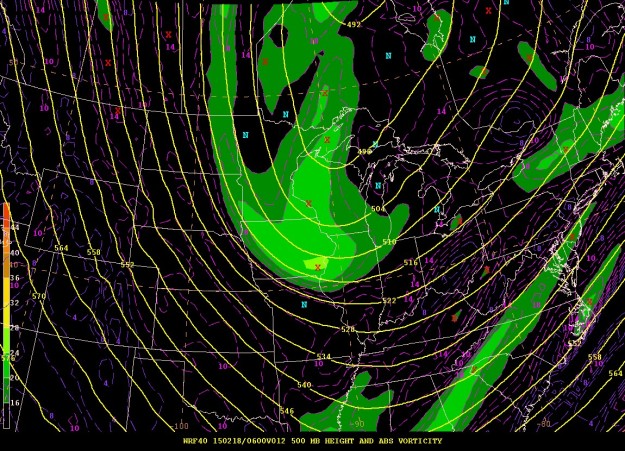
500mb Abs Vorticity Analysis at 06Z
At this 00-06Z time frame, synoptic conditions were conducive to a Type VI event. A 300mb trough axis was just to the west of Lake Michigan (note 300mb analysis above). Being close to the trough axis allowed wind flow aloft to be minimal with jet cores associated with this trough over the Dakota’s and a downstream jet core of 150 knots over the upper east coast of the United States. Winds directly over lake were between 25-35 knots at the 00-06Z time frame.
At 500mb, the trough axis is aligned nearly directly underneath the 300mb trough. This leads to the same wind flow set up with winds slowing as they approach the subgeostrophic wind zone at the base of the trough. Along the base of this trough is some curvature absolute vorticity which will act to increase vertical motion, but will not be the primary forcing mechanism for the event. It is simply important to note that forcing terms aloft are not working against the formation of this event. With the associated 500mb absolute vorticity maximum near the Iowa-Illinois border at 06Z (note 500mb figure above), the synoptic conditions will tend to increase vertical motion as the trough axis moves over Lake Michigan per positive vorticity advection pockets which increases tendency for vertical motion.

850mb Heights and Temp at 06Z
850mb heights and temperatures, pictured to the left, are what we would expect to see for a Type VI event. The base of the 850mb trough at 06Z is directly over the northern part of Lake Michigan with the axis extending down into Illinois. Continental arctic air is moving in behind this front with frigid 850mb temperatures of -30ºC to the northwest of Lake Superior and surface dew points nearing -20ºF in the same area (UCAR surface data). This will act to increase mid-level lapse rates as this frigid air mass moves over the sub-freezing lake which still has just above freezing surface water temperatures. Moving further down in the atmosphere, at 925mb, there is a broad trough which deepens as it moves over the lake between 00-06Z. Then at 06Z, it becomes easy to locate the position of an E-W orientated boundary which will follow the path of the surface circulation. Make note that the trough at 00Z is only present over the northwestern part of Michigan and then drops south and strengthens as the surface circulation strengthens. Before the occurrence of strong surface convergence, the 925mb trough is very weak which leads one to believe that the 925mb trough and vorticity strengthening is due to a stretching of the surface to 925mb layer which would be primarily caused by the convergence zone at the surface. The images for 925mb abs vorticity are attached below at 00Z and 06Z respectively.

925mb Abs Vorticity at 00Z

925mb Abs Vorticity at 06Z
This synoptic setup aids the formation of the surface low by increasing the tendency for vertical motion as stated above, but it is not the cause of this circulation. There is no subsidence, which is good, but there is also no significant vertical motion being caused by the 300mb, 500mb, and 850mb features. So there must be something on the mesoscale or microscale that is causing this circulation that we initially see at 04Z to form. In researching the progression of this event, it is the diagram below that describes the events that lead to the formation and movement of the low down the lake shore.

Progression of events which lead to Type VI snowband formation
10 meter height surface winds can be found in Figure 6 and 7. The lake, which has a lower frictional coefficient than the land causes winds to accelerate over the water and then converge over the land due to an increased frictional coefficient and an increase in elevation. At 00Z, there are clearly winds accelerating over Lake Michigan (Note surface winds plot below). By 06Z however, we see that winds have continued to accelerate under the weak synoptic flow aloft. At 06Z, we see winds approaching the Sleeping Bear Dunes National Lakeshore (SBDNL) being between 12-16 knots or 14-18 mph. Over the land, winds are notably smaller in magnitude meaning that mass is being piled into the area near the shore. This is convergence. Any vector quantity with flow components u and v (north-south, east-west) can be decomposed into a rotating and non-rotating parts. With this, we should look at how divergence is calculated. This equation along with vorticity is listed below.


Difference between speed and directional Divergence/Convergence
The calculation of divergence takes into account both directional and speed divergence (visualize difference in above figure). Convergence is the inflow of air into a layer or region and divergence is the opposite. Note that both speed and directional convergence is occurring due to the cyclonic turning of winds at 06Z (seen in the image below).

Surface Divergence at 00Z

Surface Divergence at 06Z
What this convergence then creates is vertical motion due to the influx of mass into the area. The progression of divergence/convergence at this initial formation time (00Z-06Z) can be visualized in the two above figures. The next step in the formation of this circulation is the creation of low pressure due to this rising motion. The tendency then is for air in the immediate surrounding area to move towards that area of low pressure. As air is forced into this small area of low pressure by the pressure gradient force, the Coriolis force acts to create the cyclonic motion seen in the circulation made visible on radar by the lake-side single snow band at 04Z. Roland B. Stull in An Introduction to Boundary Layer Meteorology studies convergent bands formed at the surface using a grid spacing of 2km. Therefore it needs to be recognized that we are studying a near boundary layer special scale event. It is difficult to study events on boundary layer special scales however.
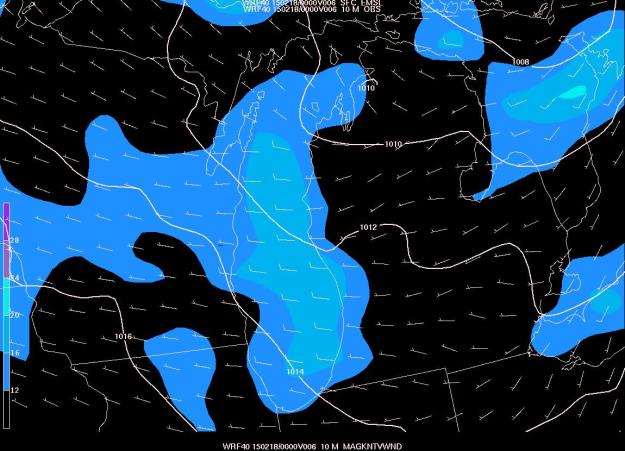
Surface Wind at 00Z

Surface Wind at 06Z
Starting at 06Z, the circulation starts to move in a more southerly direction. What causes this movement of the circulation down the lake is likely due to a couple of things. First, it has already been established that air accelerates over Lake Michigan due to a decrease in friction (note surface winds plot below). Therefore, this is also likely to be occurring as air moves around this small scale mesolow causing air to accelerate on the lake-side of the low and decelerate on the land side of the mesolow. In theory, what this would cause is the net movement of the circulation to be southerly down the shoreline. Forbes and Merritt (1984) point out that Type V events likely occur due to the curvature of the lake shoreline. This can be applied to the cyclonic curvature of the lakeshore from SBDNL to Holland, MI. From Holland, the curvature of the lake is than anticyclone as you head south down the shore. In many cases, we see the circulation move on shore near the Holland area indicating that this change in shore orientation might be a reason this circulation makes landfall in that area.
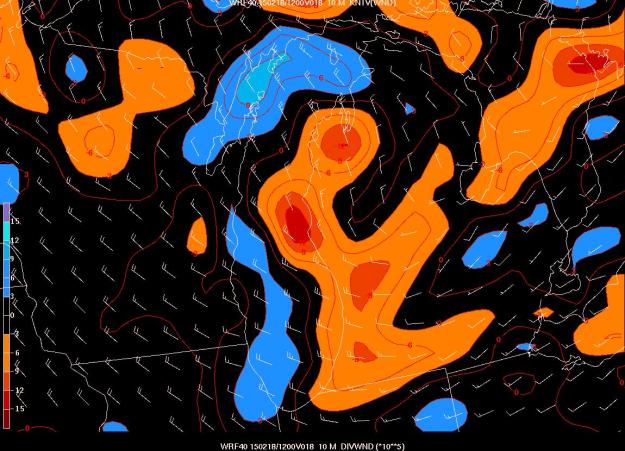
Surface Divergence at 12Z

925mb Abs Vorticity at 12Z
Between 06-12Z, we see the circulation grow significantly in many ways. Not only does the single snow band grow on radar returns and begin to wrap around the mesolow (note radar loop at beginning of post), but 925mb heights continue to drop and vorticity strengthens (note figure on right). Snow is now falling in the Grand Rapids area as well. Maximum surface convergence values are still correlated with the general position of the circulation which is located just off shore near Whitehall, MI (note below). At this point in the event, we start to see upper levels really begin to show signs of deep vertical motion with 700mb omega values up to -15 Pa/s (note below). In addition, strong mid-level lapse rates of up to -7.5ºC (only in the 850-700mb layer) are still present thanks to frigid 850mb temperatures (note below). This is where the weak synoptic environment aloft aids in the formation of this circulation. It’s possible that if there was stronger flow aloft that it would shear out the circulation or force it on shore earlier which makes it dissipate.

700mb OMEGA at 12Z

850-700mb dT at 12Z

Surface Divergence at 18Z
This event was in its ending stages between 12-21Z as a stronger pressure gradient associated with the upper trough moves in from the west. The upper trough axis is now to the east of Lake Michigan which means the jet core on the upstream side of the upper trough is starting to influence the area. What this ended up doing was forcing the circulation to move on shore. By 18Z, the circulation is pushed completely over land and the single band then starts to deteriorate (note radar loop at beginning of post). The analysis of lower levels show that strong onshore flow was still occurring. With this, strong convergent regions were still present in the SE corner of the lake (note figure on right). This area of convergence continued to produce a hybrid of Type I and II snow bands throughout the day on the 18th. However, 18Z 925mb heights and vorticity plots showed that the circulation was located near the NE corner of Indiana at that time (note figure below). Again, this is likely due to the increase in northwesterly flow from the increase in the pressure gradient over the area.

A FRICTION EXPERIMENT
To test the hypostasis regarding the southward motion of the circulation. A second WRF run was submitted with altered land friction values. The land type of the Michigan shoreline was coarsely identified by plotting the land use map and eyeballing the land type. The land type 14 and 15 were changed to ¼ of the original value of .5 to make them .125. What would be expected to happen if this hypothesis is correct is that the circulation would progress to the east more quickly as air isn’t slowed over the land as much with lower friction coefficients. This didn’t happen. As a matter of fact, little change can be identified between the WRF run with regular and reduced land friction values which you can note below with the 06Z 10m divergence and wind plots.
The circulation progressed in nearly the exact same path that it did in the original WRF run. This can mean a few things. First and maybe most obviously is that differences in friction over the land and water play little role in the projection of the circulation down the shore. A second possibility is that this 40km model resolution is too broad to test this experiment with only approximately 6 grid points in the SBDNL to Holland, MI area. It might be that more grid points would increase the effects of friction on the circulation.

Surface wind with 1/4 friction values at 09Z

Surface wind with regular friction values at 09Z

Surface divergence with 1/4 the friction values at 12Z

Surface divergence with regular friction values at 12Z
EVENT IMPACTS
This particular event did not have major impacts to southwest Michigan or northwest Indiana. A few reports of whiteouts were sent in on Twitter and snow totals were between 4” to 7.8” in the Benton Harbor area. Indiana hardly was effected by this event. However, these events have caused major pileups on I-94 in the past, particularly on February 7th, 2003 (the first documented case) and January 23rd, 2014 (Lashley, 2014). Between the 2 of these events, there were 5 fatalities and numerous injuries due to large snowfall rates and whiteout conditions produced from Type VI events. In an analysis of previous events, these events can produce heavy snowfall rates of 1 to 3 inches per hour (Lashley, 2014).
FUTURE WORK / LIMITATIONS
The resolution of WRF which was used to generate all of the plots shown in this case study was 40km. Therefore, this circulation would not be sampled accurately using a model larger than 4km due to the fact that these circulations are around 2km in size (Stull, 1988). Future studies should look into creating a 4km reanalysis data set. With this, you should be able to pick up the circulation itself at the surface and the boundary layer parameterizations will be more accurate. A higher resolution model would also help study the influence of frictional differences on the direction the circulation moves. The study of the initial formation of the circulation is a boundary layer topic. With that said, it would be helpful (but maybe not cost effective) to get surface layer data of the strength of the land-lake breeze between 00-06Z. Along those same lines, what is so unique about the Sleeping Bear Dunes National Lakeshore area in the formation of wintertime mesoscale vorticities?
CONCLUSION
The proposed Type VI Lashley-Hitchcock snow band does not fit under any prescribed lake effect snow type. This is therefore a new type of lake effect snow. Starting overnight on the 17th and occurring into the early morning and day hours of the 18th, this case could arguably be another classic case to add to the list of archived Type VI events. The development of Type VI events starts with frigid W-NW surface winds flowing and accelerating over the seasonably warm lake surface temperatures on the northwestern part of Lake Michigan. Specifically in the Sleeping Bear Dunes National Lakeshore area. This causes horizontal convergence as mass and moisture piles up and mixes with cold, drier air over the shoreline. Not only this, but the presence of a surface frontal boundary creates directional convergence which further increases the convergence values. This creates significant vertical motion over the land breeze boundary (or area of peak convergence), which in turn forces an area of low pressure to occur over the area of maximum convergence. This allows the pressure gradient force and the Coriolis force to start cyclonic rotation in the area. The further vertical development of the circulation is aided by rapid mid-level lapse rates and by the upper dynamic setup.
REFERENCES
Forbes, Gregory S., and Jonathan H. Merritt. “Mesoscale vortices over the Great Lakes in wintertime.” Monthly weather review 112.2 (1984): 377-381.
Holton, James R., and Gregory J. Hakim. An introduction to dynamic meteorology. Academic press, 2013.
Lackmann, Gary. Midlatitude synoptic meteorology. American Meteorological Society, 2011.
Laird, N. F., 1999: Observation of coexisting mesoscale lake-effect vortices over the western Great Lakes. Mon. Wea. Rev., 127, 1137–1141.
Lavoie, Ronald L. “A Mesoseale Numerical Model of Lake-Effect Storms.” Journal of the atmospheric sciences 29.6 (1972): 1025-1040.
Niziol, Thomas A., Warren R. Snyder, and Jeff S. Waldstreicher. “Winter weather forecasting throughout the eastern United States. Part IV: Lake effect snow.” Weather and Forecasting 10.1 (1995): 61-77.
NOAA : National Centers for Environmental Prediction. WRF Data Source. 3 Mar. 2015. Raw data. N.p.
Noone, David. “Circulation Theorem.” Colorado University. May-June 2015. Lecture.
Stull, Roland B. An introduction to boundary layer meteorology. Vol. 13. Springer Science & Business Media, 1988.








